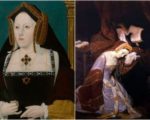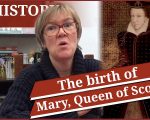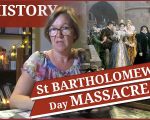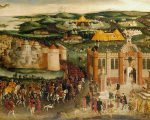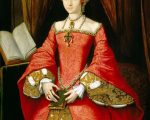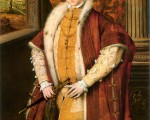
Lady Katherine Grey was born as the second surviving daughter of Henry Grey, 1st Duke of Suffolk, and his wife, Frances Brandon, Duchess of Suffolk. Born at Bradgate Park in Charnwood Forest, Leicestershire, Katherine was the offspring of an aspiring and preeminent Tudor family with ambitions at the royal court. Katherine’s maternal grandparents were Charles Brandon, 1st Duke of Suffolk, and Mary Tudor, the youngest surviving sister of King Henry VIII; this gave Katherine, and her two siblings, Jane and Mary, a claim to the English throne through their grandmother. Known popularly as the younger sister of Lady Jane Grey, the tragic young queen who was sentenced to death by the Catholic Queen Mary I, Katherine has become a fashionable topic of discussion in the academic and popular history world. Historians such as Leanda de Lisle have revaluated her life to reveal an equally as resilient and tragic figure to her sister Jane; indeed, Lady Katherine’s short life witnessed a number of tumultuous and unexpected events. This article intends to put forward a condensed examination of her life, which will include: her marriage, imprisonment, claim to the throne and downfall.
[Read More...]






